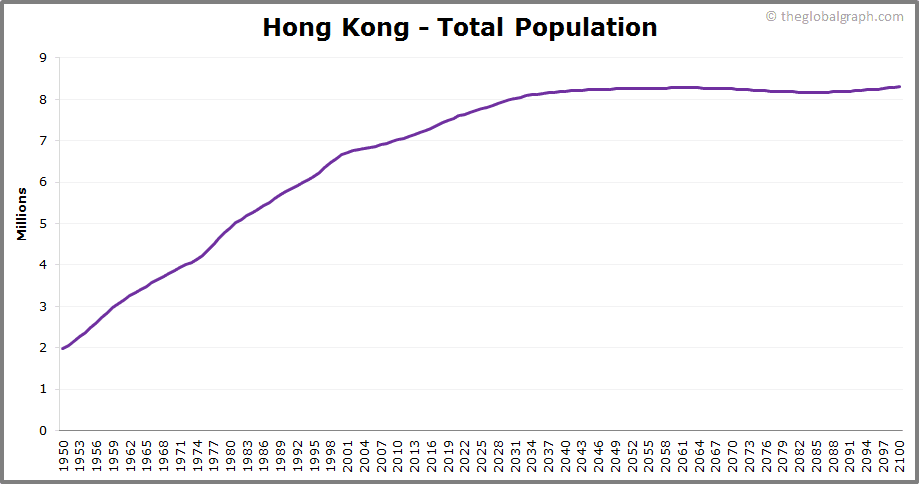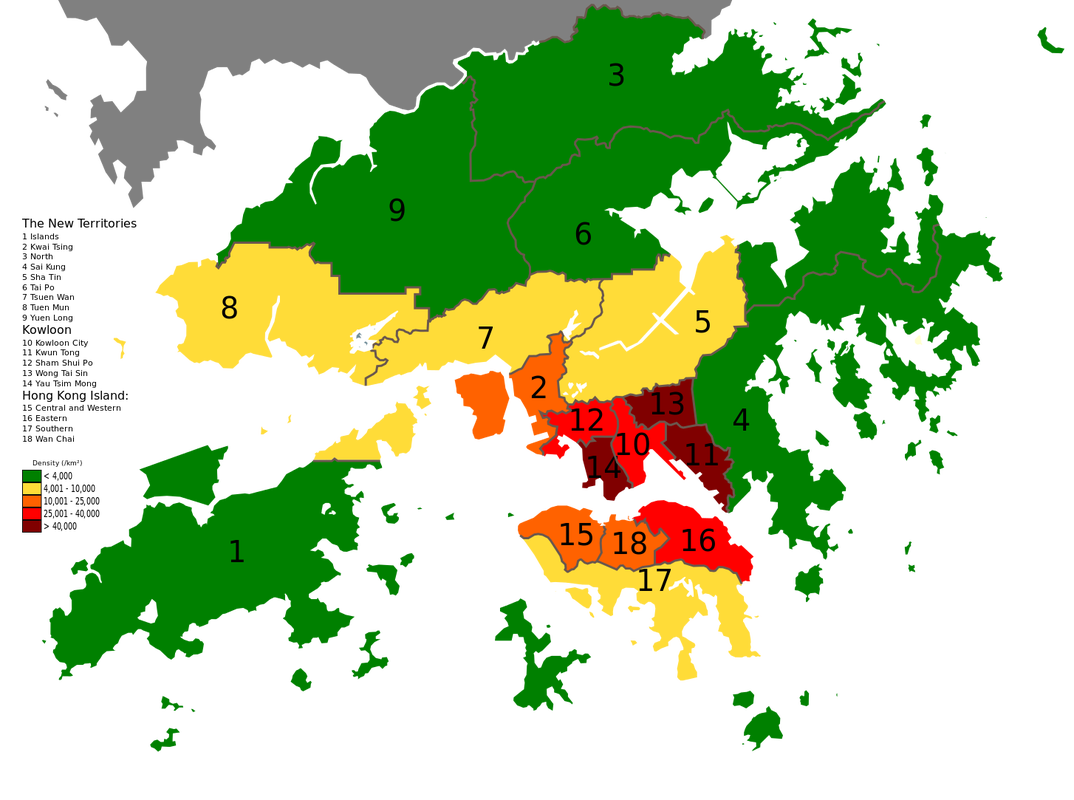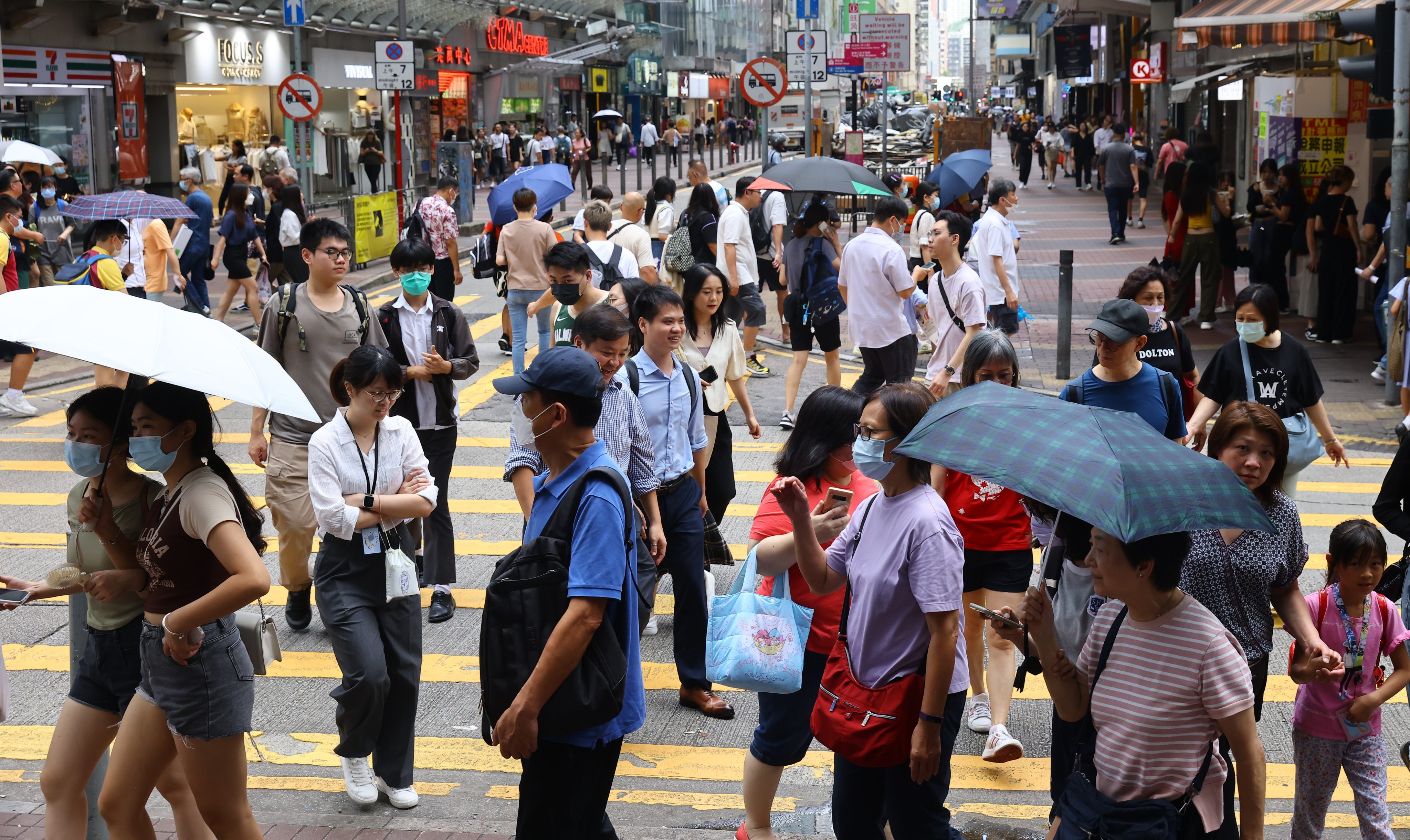Hong Kong’s Population Dynamics: A Closer Look at Mid-2025 Trends
The Census & Statistics Department recently unveiled fascinating insights into Hong Kong’s population landscape, revealing a remarkably stable demographic picture as of mid-2025. With the total population holding steady at 7,527,500, the city demonstrates a delicate balance between demographic challenges and strategic population management.

At first glance, the numbers might seem unremarkable, but a deeper dive uncovers a complex interplay of migration, births, and deaths that tell a nuanced story of urban population dynamics. The period from mid-2024 to mid-2025 saw a net inflow of 18,200 residents, a critical factor in maintaining the city’s population equilibrium.

The natural population changes paint a more complex picture. During this same timeframe, Hong Kong recorded 35,200 births—a number overshadowed by 50,000 deaths. This results in a natural population decrease of 14,800, a trend that might typically signal demographic decline. However, Hong Kong has developed sophisticated strategies to counteract this potential shrinkage.

Government initiatives targeting talent attraction and labor importation have proven instrumental in offsetting the natural population decline. The influx of residents, particularly from Mainland China and other global regions, has become a lifeline for maintaining population stability. This approach reflects a forward-thinking strategy that goes beyond simple number-crunching, instead focusing on attracting skilled individuals who can contribute to the city’s economic and social fabric.

When examining a broader timeline, the population growth becomes even more intriguing. From mid-2022 to mid-2025, Hong Kong has seen an increase of approximately 180,000 residents—a significant growth that challenges the narrative of population stagnation. This growth is particularly remarkable given the natural decrease in population due to higher death rates.

The demographic shifts highlight broader trends common in developed urban centers. An aging population, changing family structures, and economic factors all play crucial roles in shaping population dynamics. Hong Kong’s ability to maintain stability through strategic immigration demonstrates a sophisticated approach to demographic management.
The government’s recognition of immigrant contributions, particularly from Mainland China and international regions, underscores a progressive approach to population growth. These new residents bring diverse skills, perspectives, and energy that help counterbalance the challenges of natural population decline.
For residents and observers, these statistics offer more than just numbers—they provide a window into the city’s resilience and adaptability. The delicate balance between outward migration, births, deaths, and inward migration tells a story of a dynamic urban ecosystem constantly adjusting to changing demographic pressures.
As Hong Kong moves forward, these population trends will continue to be critical in shaping policy, economic planning, and social infrastructure. The city’s ability to attract talent, manage population flow, and maintain stability offers a compelling model for other urban centers facing similar demographic challenges.
The mid-2025 population figures serve as a testament to Hong Kong’s strategic approach to demographic management—a nuanced dance of numbers that reflects the city’s ongoing evolution and potential for growth.







